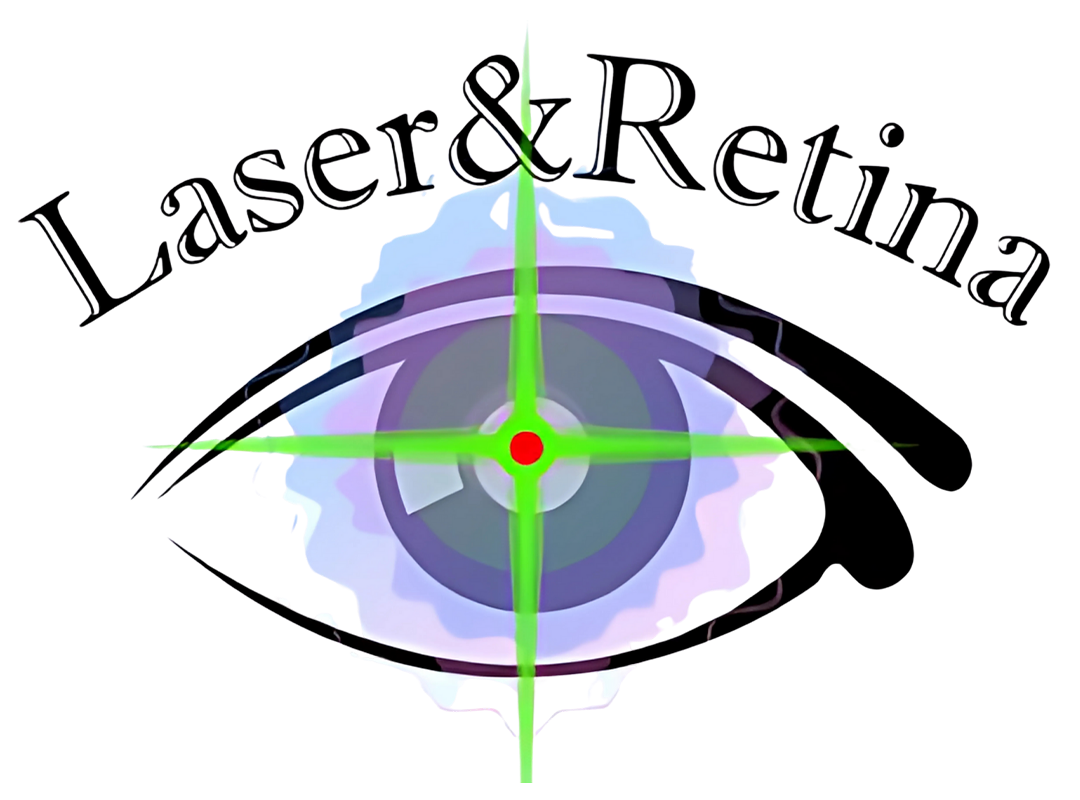Retinal Vascular Occlusion
Retinal Vascular Occlusion (CRVO & BRVO)
Retinal Vascular Occlusion is a condition where one of the veins carrying blood away from the retina gets blocked. The retina is the part of the eye that helps you see clearly by capturing light and sending signals to your brain.
When these veins are blocked, blood and fluid can back up into the retina, causing swelling, vision problems, or even vision loss if not treated.
Types of Retinal Vein Occlusion
1. CRVO (Central Retinal Vein Occlusion)
The main vein in the retina becomes blocked. This affects the entire retina and can cause sudden vision loss.
2. BRVO (Branch Retinal Vein Occlusion)
One of the smaller branches of the retinal vein is blocked. This usually affects part of the vision, depending on which branch is involved.
Retinal Care
- Diabetic Retinopathy
- Retinal Detachment
- Retinal Vascular Occlusion
- Central Serous Retinopathy
- Age Related Macular Degeneration
- Macular Hole
- Epiretinal Membrane and Macular Pucker
- ROP
- Uveitis (Iridocyclitis, pars planitis, pan uveitis)
- Vitreo retinal surgery
- Retinal laser
- Intra vitreal injection
What Causes It?
High blood pressure
Diabetes
Glaucoma
High cholesterol
Smoking
Blood clotting disorders
The risk increases with age and if you have other cardiovascular conditions.
Symptoms
You may not feel any pain, but you might notice:
- Sudden, painless vision loss (complete or partial)
- Blurred or distorted vision
- Dark spots or floaters
- Loss of peripheral (side) vision in some cases
How Is It Diagnosed?
Your eye doctor can diagnose CRVO or BRVO with:
- A dilated eye exam
- OCT scan (to check for swelling)
- Fluorescein angiography (a special dye test to see blood flow in the retina)
Treatment Options
There’s no cure for the blockage itself, but treatments can manage the damage and improve or stabilize vision.
- Anti-VEGF Injections: Reduce fluid and swelling in the retina
- Steroid injections: Reduce inflammation
- Laser therapy: Helps in cases with abnormal blood vessel growth (especially in BRVO)
- Managing risk factors: Controlling blood pressure, cholesterol, and diabetes
Prevention and Follow-up
- Control your blood pressure and sugar levels
- Stop smoking
- Maintain a healthy lifestyle
- Keep regular check-ups with your eye doctor, especially if you've had CRVO or BRVO in one eye
Frequently Asked Questions
Some patients regain good vision, especially with treatment, but others may have lasting changes depending on the severity.
Not necessarily. With proper treatment and follow-up, complete blindness is rare. Many patients retain useful vision.
Often it is, but people who have had one occlusion are at higher risk of another in the other eye. Regular monitoring is important.
No. Vision loss is usually sudden but painless.
Patient Guide Download
Want to read more? Download this trusted guide from the National Eye Institute:
Retinal Vascular Occlusion
BRVO: Medication Injections
CRVO: Medication Injections and Laser Surgery
Retinal Care
- Diabetic Retinopathy
- Retinal Detachment
- Retinal Vascular Occlusion
- Central Serous Retinopathy
- Age Related Macular Degeneration
- Macular Hole
- Epiretinal Membrane and Macular Pucker
- ROP
- Uveitis (Iridocyclitis, pars planitis, pan uveitis)
- Vitreo retinal surgery
- Retinal laser
- Intra vitreal injection
